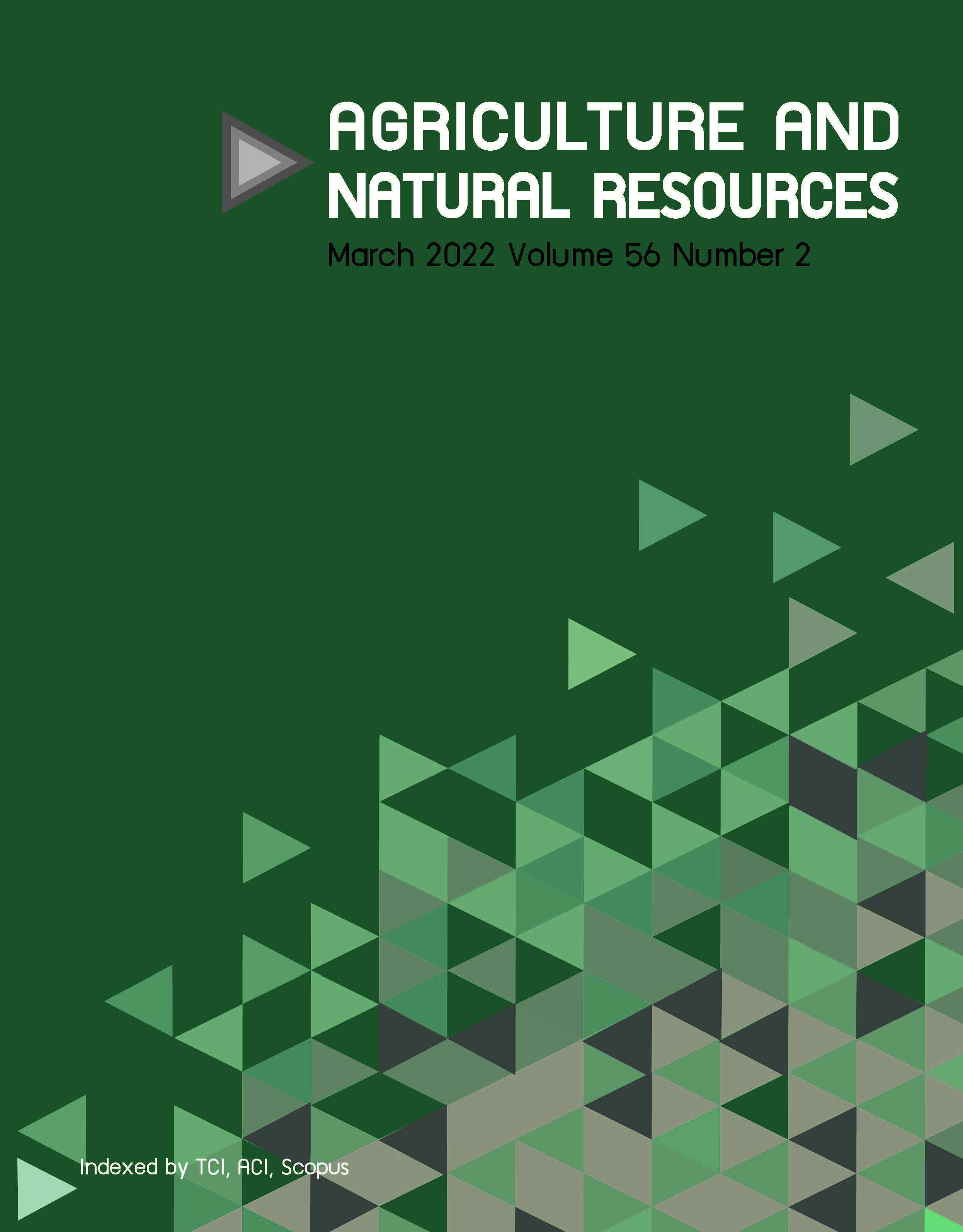Rational selection of culture medium for clavulanic acid production by Streptomyces clavuligerus based on a metabolic modeling approach
Keywords:
Clavulanic acid, Constraint-based modeling, Flux balance analysis, Metabolic modeling, Streptomyces clavuligerusResearchAbstract
Importance of the work: Clavulanic acid (CA) is a β-lactam antibiotic produced by Streptomyces clavuligerus and is an inhibitor of β-lactamase enzymes responsible for antibiotics resistance in several pathogenic bacteria. CA productivity in wild-type S.clavuligerus is low and determination of favorable environmental condition forCA biosynthesis is required.
Objectives: To determine the culture conditions that promote secondary metabolismactivity in S. clavuligerus and redirection of metabolic fluxes.
Materials & Methods: An in silico approach was implemented to select amino acidssupplementation to culture media as a rational strategy to promote CA biosynthesisduring cultivation. Submerged cultures of S. clavuligerus were investigated in syntheticand complex media selected according to the in silico study.
Results: Amino acids supplementation favored CA production over the complex media.Fed-batch operation favored both biomass maintenance and CA accumulation comparedwith the batch operation. The increase in the agitation velocity had a positive effect onbiomass and CA accumulations.
Main finding: The defined media lead to specific nutrients starvation that act as stressfactors potentially triggering the CA secretion. The in silico analysis showed that duringphosphate-limited conditions, the high concentration of glutamate boosts the urea cyclefrom aspartate, increasing the carbon flux toward arginine and CA.
Downloads
Published
How to Cite
Issue
Section
License
Copyright (c) 2022 Kasetsart Universityonline 2452-316X print 2468-1458/Copyright © 2022. This is an open access article under the CC BY-NC-ND license (http://creativecommons.org/licenses/by-nc-nd/4.0/),
production and hosting by Kasetsart University of Research and Development Institute on behalf of Kasetsart University.







